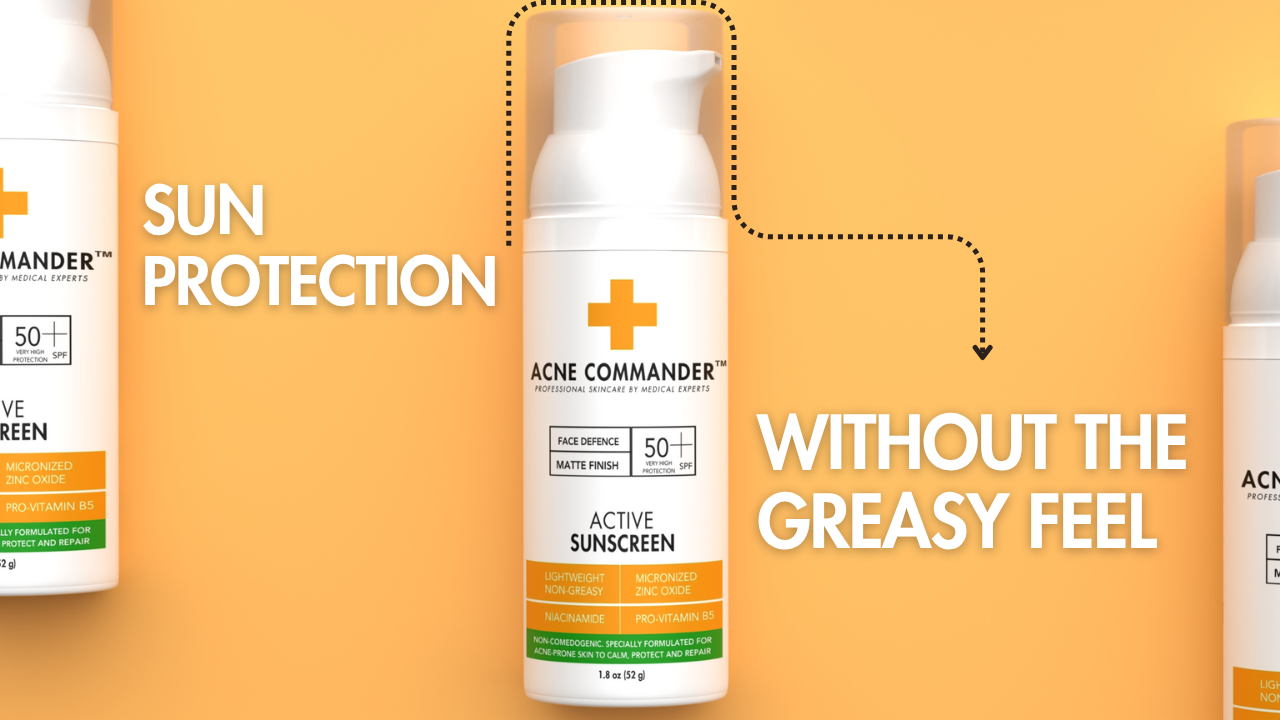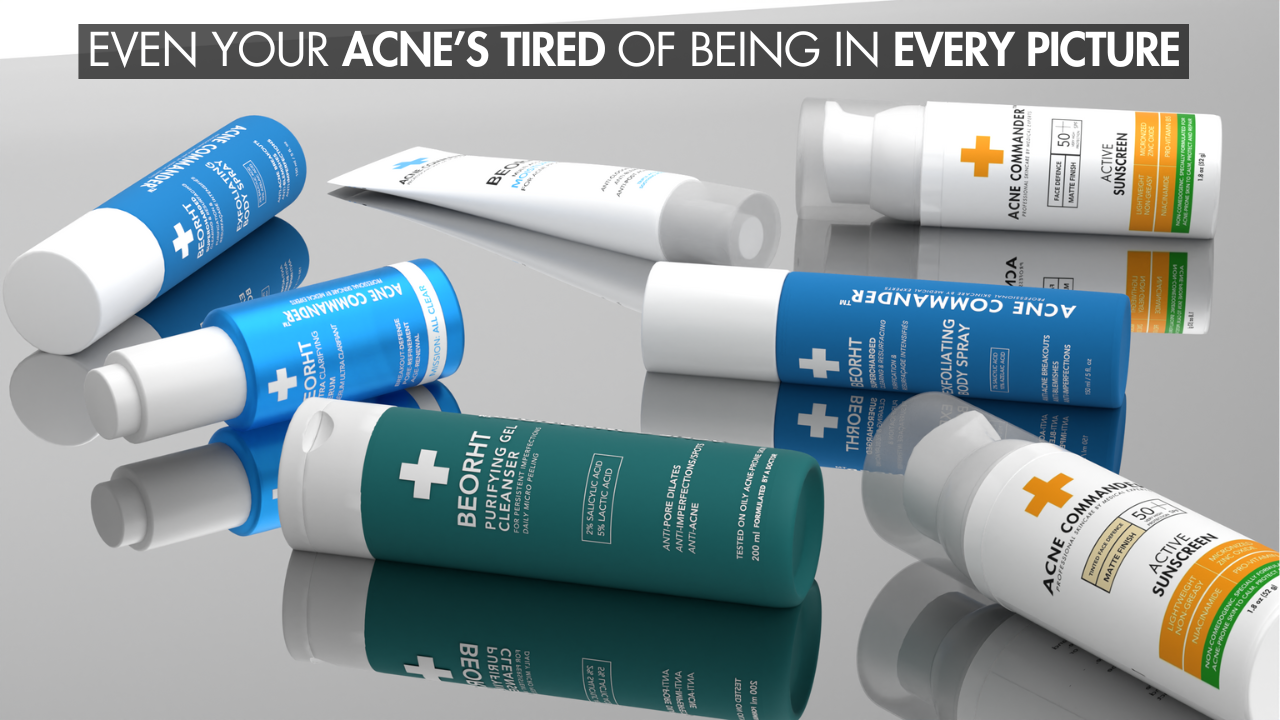Introduction: Nature’s Answer to Acne-Complicated Skin
In a world overwhelmed by synthetic skincare ingredients and commercial overload, many acne-prone individuals are making a conscious return to nature-based solutions. They’re fed up with harsh actives, confusing labels, and formulas that seem to do more harm than good.
But there’s a catch.
Just because an ingredient is “natural” doesn’t mean it’s safe, non-comedogenic, or beneficial for acne. In fact, many natural oils and extracts can clog pores or irritate sensitive, breakout-prone skin.
This is why learning how to make a natural moisturizer for acne-prone skin takes more than throwing together coconut oil and aloe vera. You need:
-
A scientific understanding of acne triggers
-
Knowledge of non-comedogenic natural ingredients
-
The ability to balance hydration, healing, and protection
In this in-depth guide, we’ll explore:
-
The top natural ingredients to use and avoid
-
Step-by-step homemade moisturizer recipes
-
Storage, shelf life, and hygiene tips
-
Why even nature sometimes needs backup, and how professionally formulated products like Acne Commander 3-in-1 Repairing Moisturiser combine the best of both worlds
Why Moisturizing Is Essential for Acne-Prone Skin
Skipping moisturizer is a common mistake for people with oily or acne-prone skin. The logic seems sound: “Why add more moisture if I already produce too much oil?”
The reality is this: Dehydration causes your skin to produce even more oil, leading to a vicious cycle of clogged pores and breakouts.
Without moisturizing, acne-prone skin suffers from:
-
A weakened barrier that lets bacteria in
-
Overcompensated oil production
-
Slower healing of breakouts
-
Increased redness and irritation
A smart moisturizer hydrates your skin, calms inflammation, restores the protective barrier, and prevents future breakouts.
What to Look for in a Natural Moisturizer for Acne-Prone Skin
Before you get into recipes, understand what your skin needs. An effective natural acne moisturizer should be:
✅ Non-comedogenic
✅ Fragrance-free
✅ Balanced in hydration and oil
✅ Anti-inflammatory
✅ Antibacterial or barrier-repairing
✅ Easily absorbed
✅ Stored safely (natural = more bacteria risk)
Let’s start with the building blocks.
Best Natural Ingredients for Acne-Prone Skin
✅ Humectants (Draw moisture into skin)
-
Aloe Vera Gel – Soothes, hydrates, and helps with redness
-
Glycerin (vegetable-derived) – Excellent humectant
-
Honey (especially Manuka) – Antibacterial and hydrating
✅ Emollients (Soften and nourish skin)
-
Jojoba Oil – Closest to skin’s natural sebum, non-comedogenic
-
Rosehip Oil – High in vitamin A; fades acne marks
-
Squalane (olive-derived) – Lightweight, stable, calming
✅ Anti-inflammatory and healing botanicals
-
Calendula Extract or Infusion – Soothes red, sensitive skin
-
Green Tea Extract – Rich in EGCG; helps reduce oil and inflammation
-
Chamomile Hydrosol – Reduces redness and irritation
Natural Ingredients to Avoid for Acne-Prone Skin
|
Ingredient |
Why to Avoid |
|
Coconut Oil |
Highly comedogenic |
|
Olive Oil |
Medium pore-clogging potential |
|
Cocoa Butter |
Too rich; clogs pores |
|
Essential Oils (Lavender, Citrus, Tea Tree in high %) |
Irritating or sensitizing |
|
Raw dairy (milk, yogurt) |
Bacterial risk |
|
Heavy butters (e.g, unrefined shea butter) |
Triggers breakouts in acne-prone skin |
3 Powerful Homemade Natural Moisturizer Recipes for Acne-Prone Skin
Each recipe is simple, natural, and specifically designed for acne-prone skin types.
1. Aloe + Jojoba Daily Hydration Gel
Skin Type: Oily, inflamed, acne-prone
Ingredients:
-
2 tbsp pure aloe vera gel
-
1 tsp jojoba oil
-
1/2 tsp vegetable glycerin
-
Optional: 1 drop of green tea extract or chamomile hydrosol
Instructions:
-
Whisk aloe and glycerin in a sterilized bowl.
-
Add jojoba oil slowly and stir thoroughly.
-
Pour into a small sterilized glass jar.
-
Refrigerate and use within 5–7 days.
-
Apply to a clean face morning and evening.
Benefits:
-
Deep hydration without grease
-
Anti-inflammatory effect
-
Supports natural healing
2. Rosehip + Honey Night Repair Moisturizer
Skin Type: Acne with pigmentation and redness
Ingredients:
-
1 tsp rosehip seed oil
-
1 tsp raw or Manuka honey
-
1 tsp aloe vera gel
-
Optional: 1 vitamin E capsule (antioxidant boost)
Instructions:
-
Mix aloe and honey first.
-
Slowly add rosehip oil and vitamin E.
-
Blend well until creamy.
-
Store in fridge; use at night only.
Benefits:
-
Fades dark marks
-
Heals inflammation
-
Hydrates while sleeping
3. Squalane + Calendula Cream
Skin Type: Sensitive, dry-acne-prone skin
Ingredients:
-
1 tbsp olive-derived squalane
-
1 tsp calendula-infused oil or hydrosol
-
1/2 tsp glycerin
-
Optional: small amount of beeswax (for occlusive)
Instructions:
-
Warm squalane and beeswax if using.
-
Add calendula and glycerin.
-
Whisk until smooth and uniform.
-
Store in a dark glass container in the fridge.
Benefits:
-
Calms sensitivity
-
Strengthens skin barrier
-
Anti-redness and antibacterial
Tips for Safe and Effective DIY Natural Moisturizers
-
✅ Always sterilize jars, spoons, and mixing bowls
-
✅ Use distilled or boiled (then cooled) water
-
✅ Keep products in the refrigerator
-
✅ Use spatulas to prevent contamination
-
✅ Use small batches to avoid spoilage
Shelf Life of Natural Moisturizers
-
Water-free oil-based: Up to 2 weeks (fridge)
-
Aloe/honey-based: 5–7 days max (fridge)
-
Water-containing: Only 2–3 days unless preserved (not recommended)
- Warning: If you notice a smell, color change, or mold, throw it away immediately.
Why Natural Doesn’t Always Mean Better
Even with the best intentions, natural moisturizers can fall short in treating acne if they:
-
Lack of exfoliating ingredients (like salicylic acid)
-
Can’t penetrate deeply enough
-
Don’t contain sebum regulators
-
Have an unstable pH or spoil quickly
This is where science meets nature, in formulations like Acne Commander 3-in-1 Repairing Moisturiser.
Why Acne Commander Outperforms DIY Natural Moisturizers
|
Feature |
Acne Commander |
DIY Natural |
|
Clinically balanced pH |
✅ |
❌ |
|
Non comedogenic |
✅ |
Not guaranteed |
|
Exfoliating acids |
✅ (Salicylic, Capryloyl SA) |
❌ |
|
Oil control |
✅ (Zinc PCA) |
❌ |
|
Microbiome balancing |
✅ (Vitreoscilla Ferment) |
❌ |
|
Antioxidant rich |
✅ (Pomegranate, Mannose, Niacinamide) |
Somewhat |
|
Barrier support |
✅ (Ceramides, Lipids) |
❌ |
|
Safe shelf life |
✅ |
❌ |
Acne Commander gives you all the clean, acne-safe hydration of a natural moisturizer, plus clinical strength treatment ingredients, in a formula tested for stability and skin safety.
Who Should Switch from DIY to Acne Commander?
If you’ve tried making natural moisturizers but still experience:
-
Constant breakouts or congested pores
-
Excess oiliness despite hydration
-
Redness that doesn’t fade
-
Dark marks that don’t go away
… then it’s time to upgrade.
Acne Commander 3-in-1 Repairing Moisturiser offers:
-
A light, fast-absorbing feel
-
Deep but non-greasy hydration
-
Active treatment with no irritation
-
Visible skin clarity in weeks
How to Transition from DIY to Acne Commander
-
Stop using DIY moisturizer for 48 hours.
-
Patch test Acne Commander on your jawline.
-
Apply once daily for the first 3 days.
-
Gradually increase to twice daily.
-
Expect improved skin tone, fewer breakouts, and less oil in 1–2 weeks.
FAQs: Natural Moisturizers for Acne-Prone Skin
❓ Can I use coconut oil?
No. It clogs pores for most acne-prone skin types.
❓ What’s the safest natural oil?
Jojoba and squalane are the most acne-safe oils.
❓ Do natural moisturizers cure acne?
No. They can support healing but don’t replace clinical actives like salicylic acid or zinc PCA.
❓ Is it okay to skip preservatives?
Yes, but only for small batches stored in the fridge for short-term use.
❓ Can I mix natural moisturizers with essential oils?
Avoid them unless you’re experienced, most are too harsh for acne-prone skin.
Conclusion: Trust Nature, But Use Science Too
Making a natural moisturizer for acne-prone skin can be a rewarding step toward cleaner, more transparent skincare. With the right ingredients, like aloe, jojoba, honey, and glycerin, you can create products that calm and nourish your skin without harmful additives.
But for deeper treatment, active exfoliation, and proven long-term results, Acne Commander 3-in-1 Repairing Moisturiser offers a scientific, dermatologist-inspired solution, combining the best of natural hydration and clinical power in one formula.
✅ No parabens
✅ No pore-clogging oils
✅ No irritation
✅ Just clear, hydrated, acne-free skin





